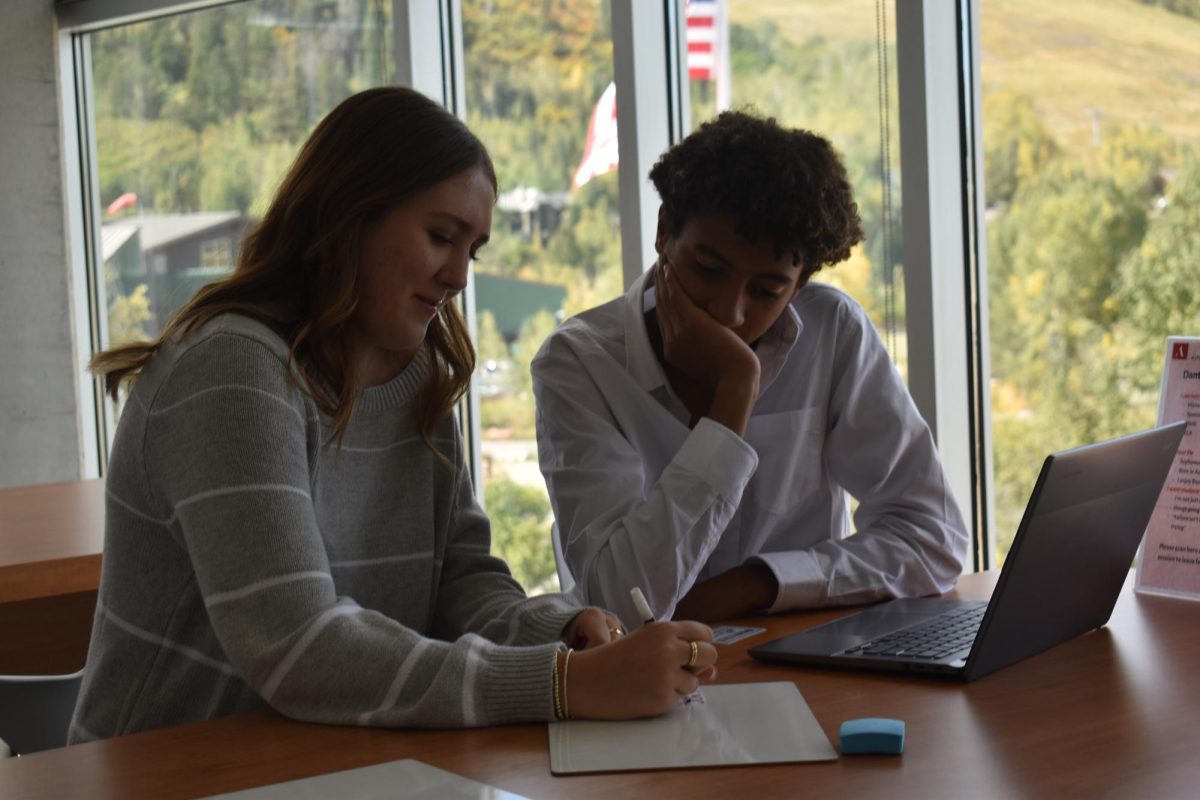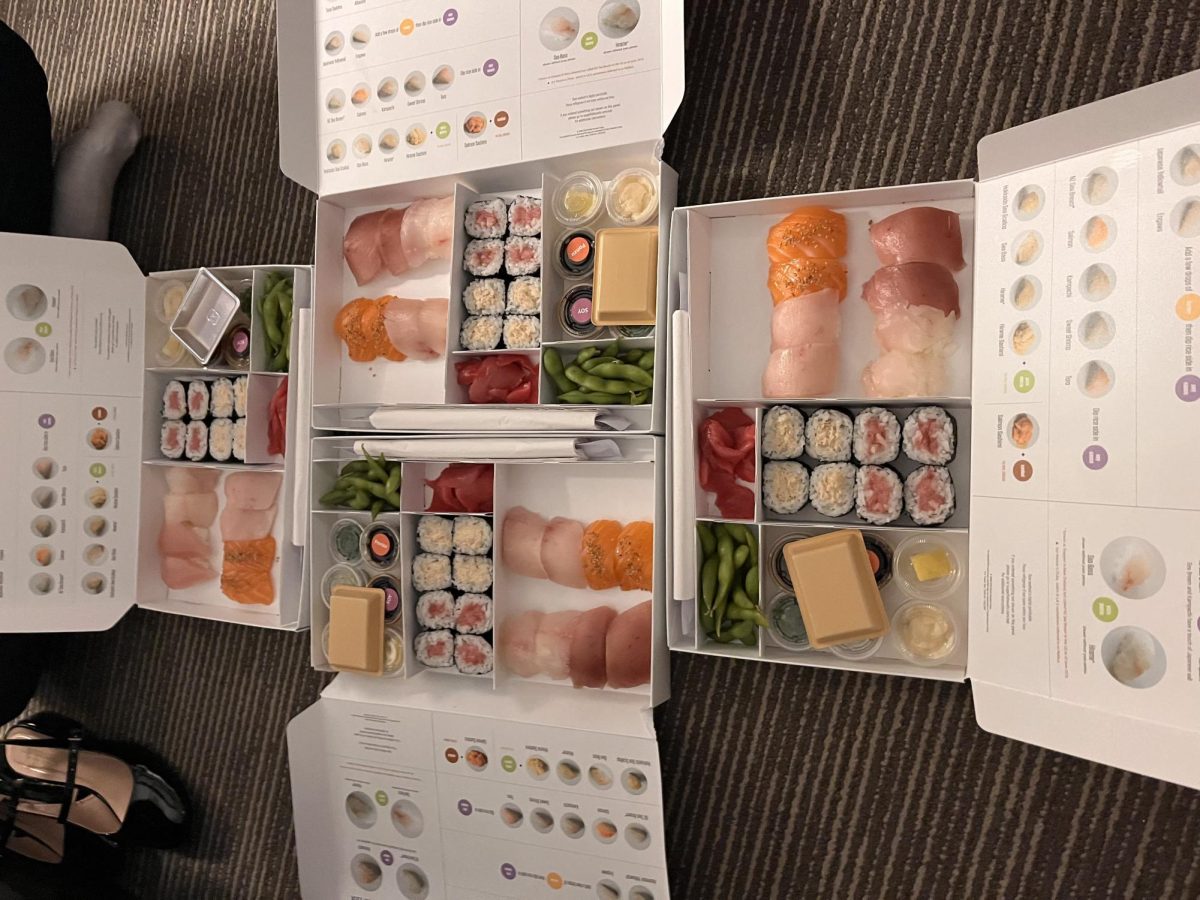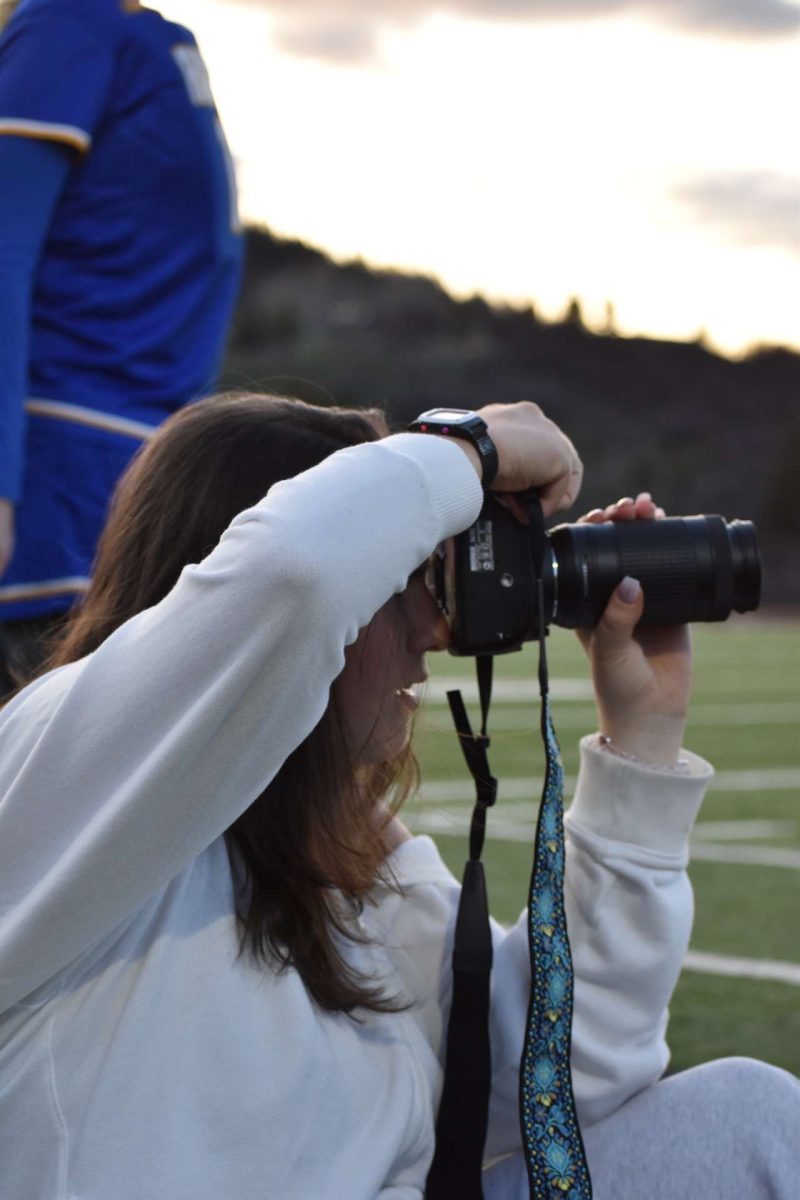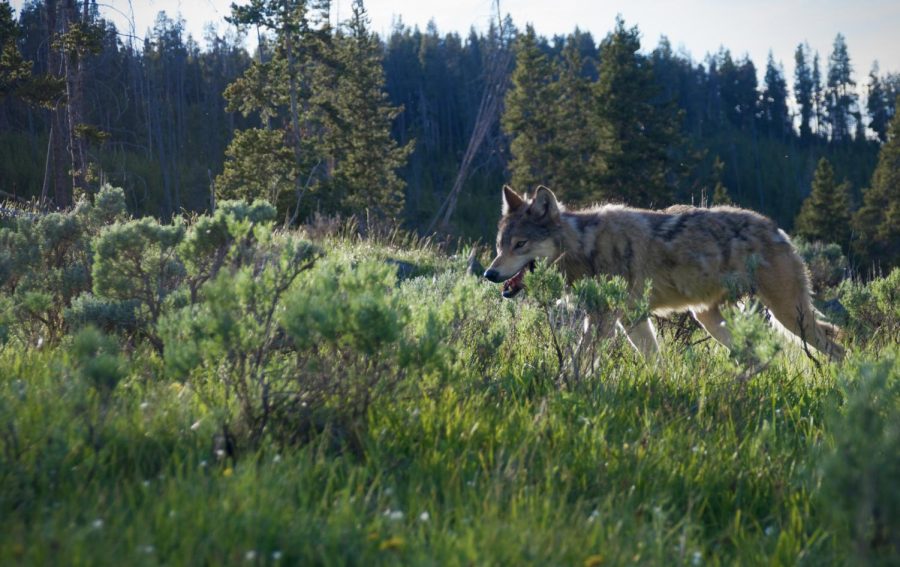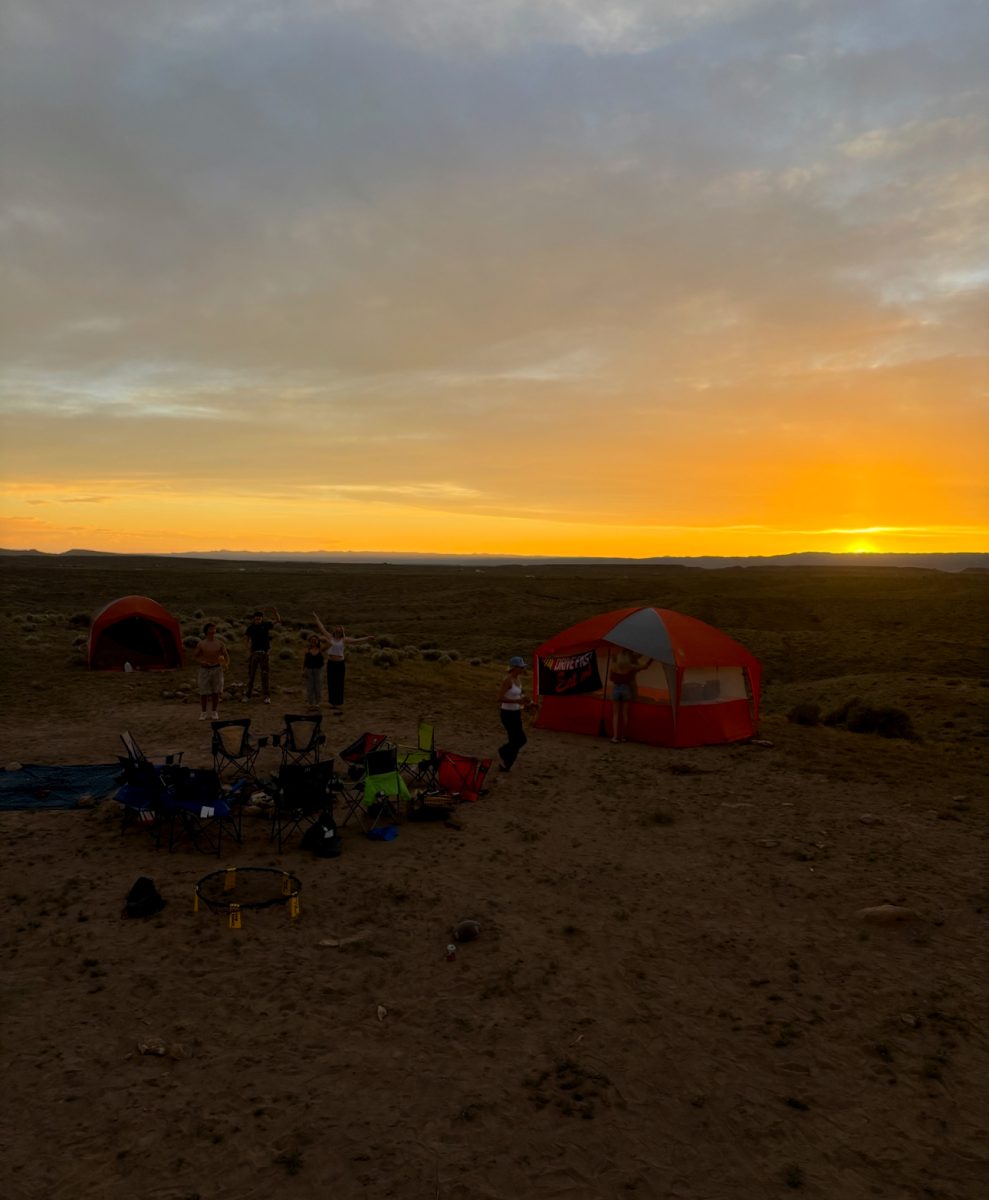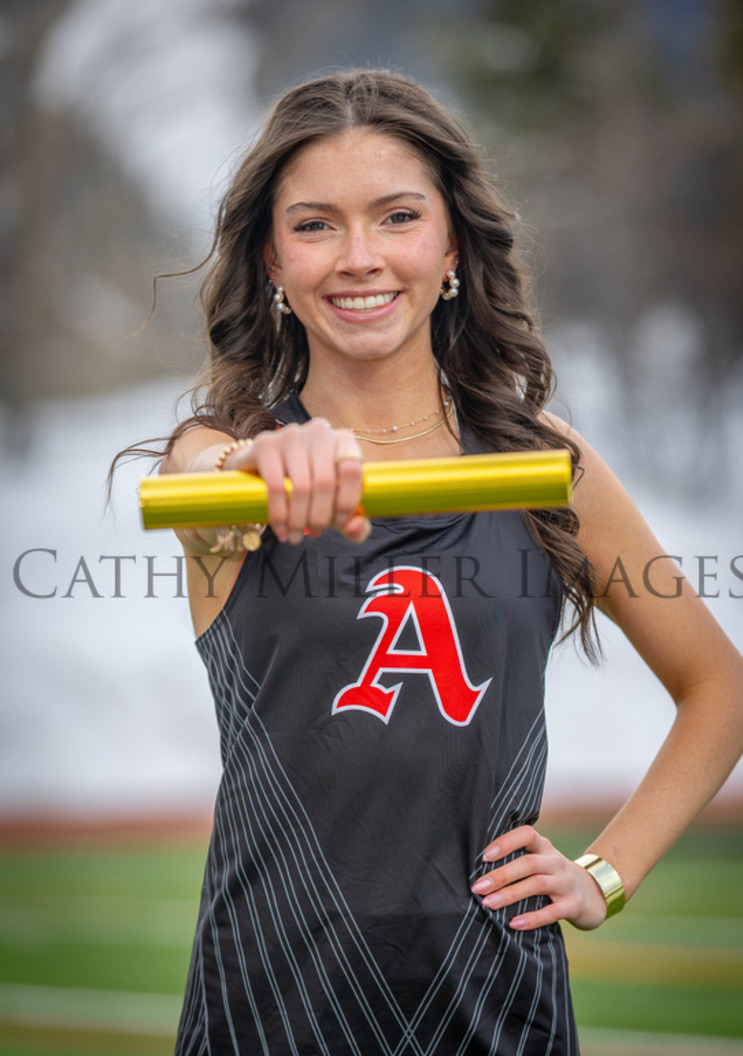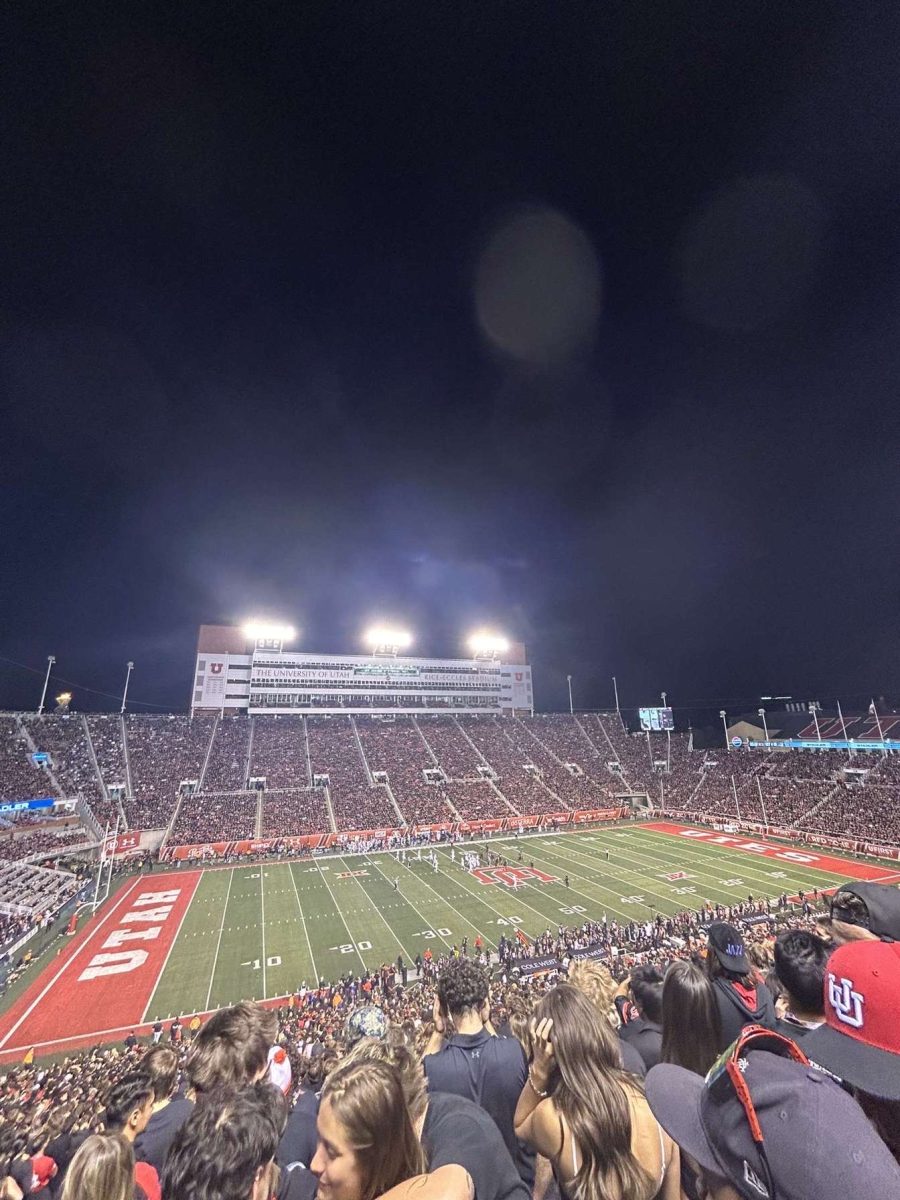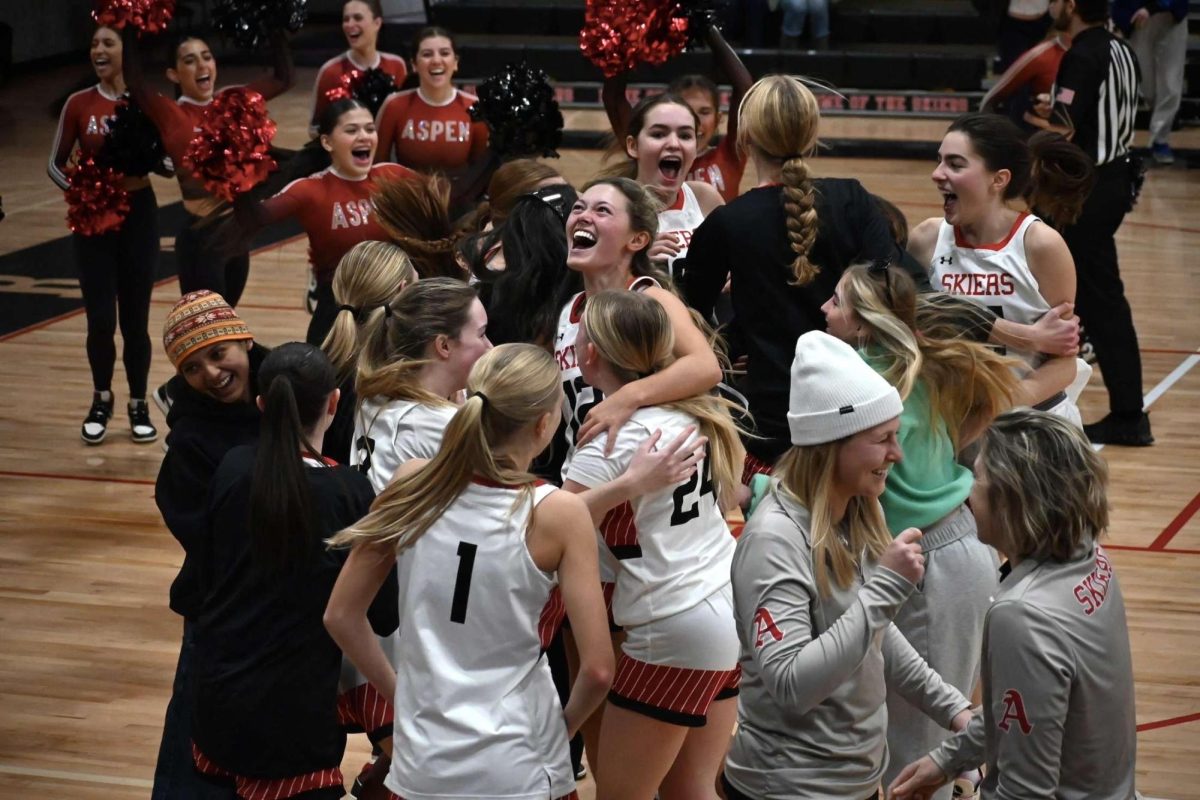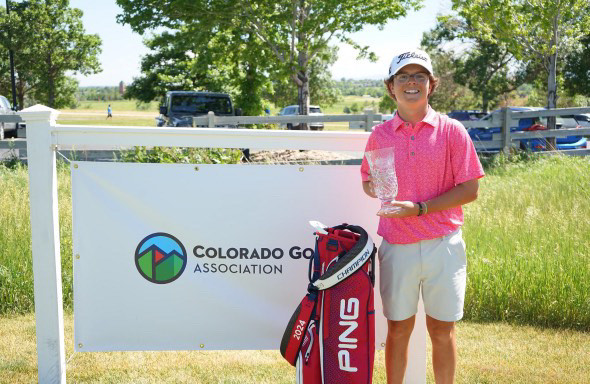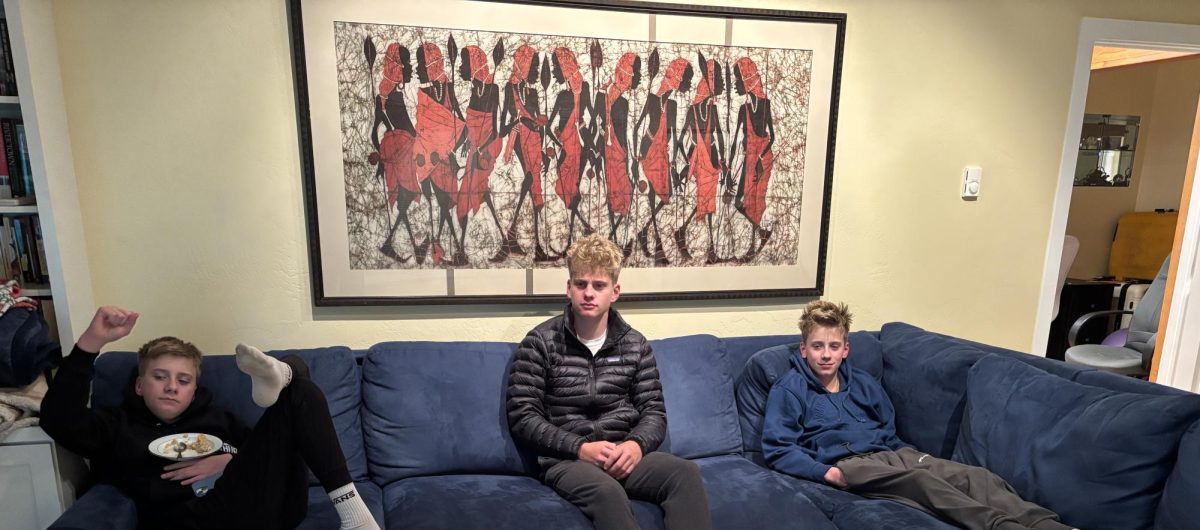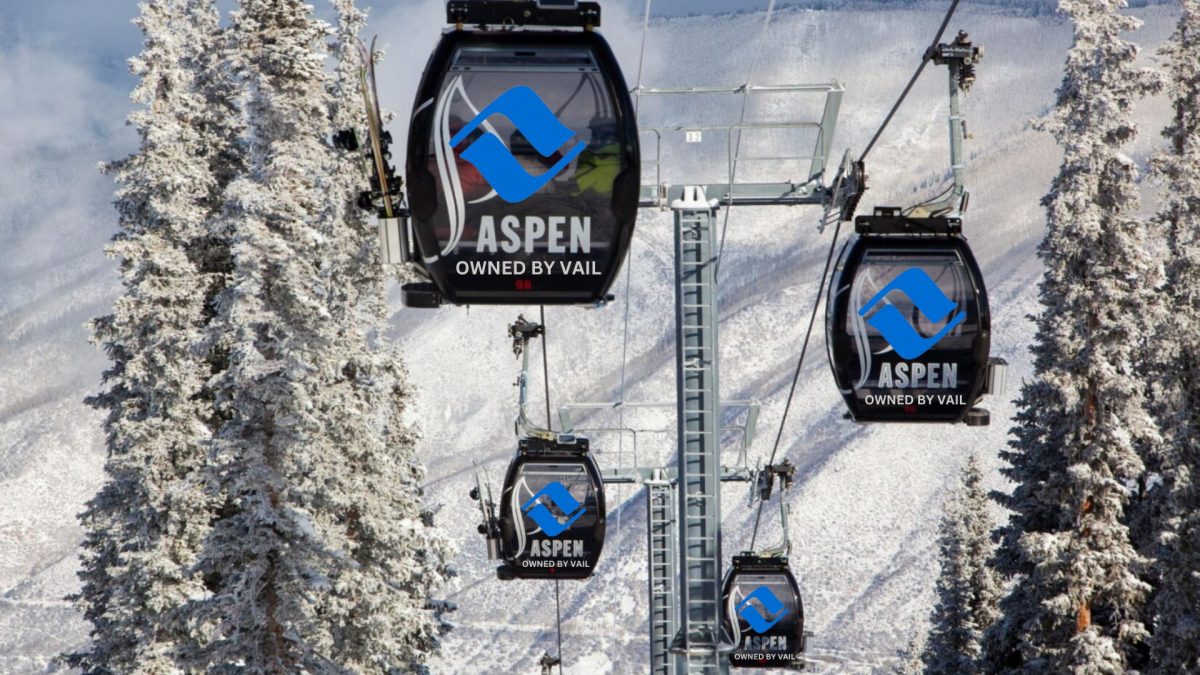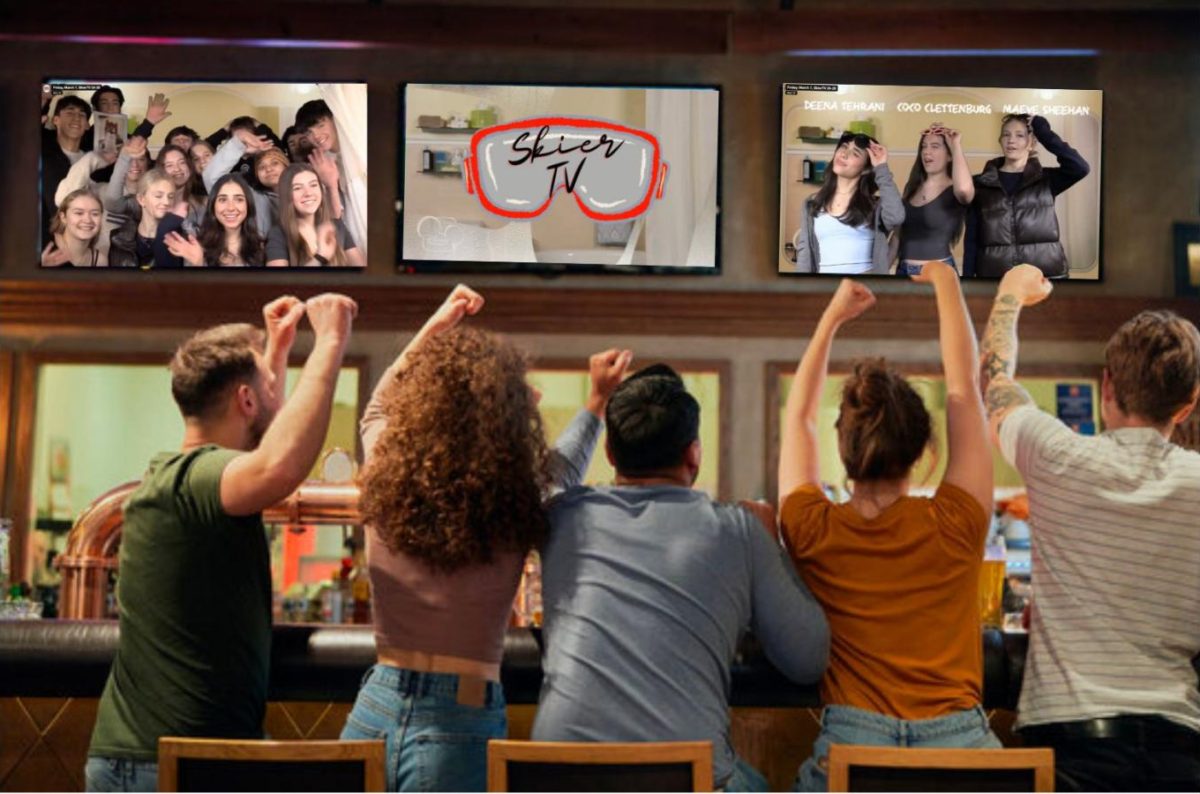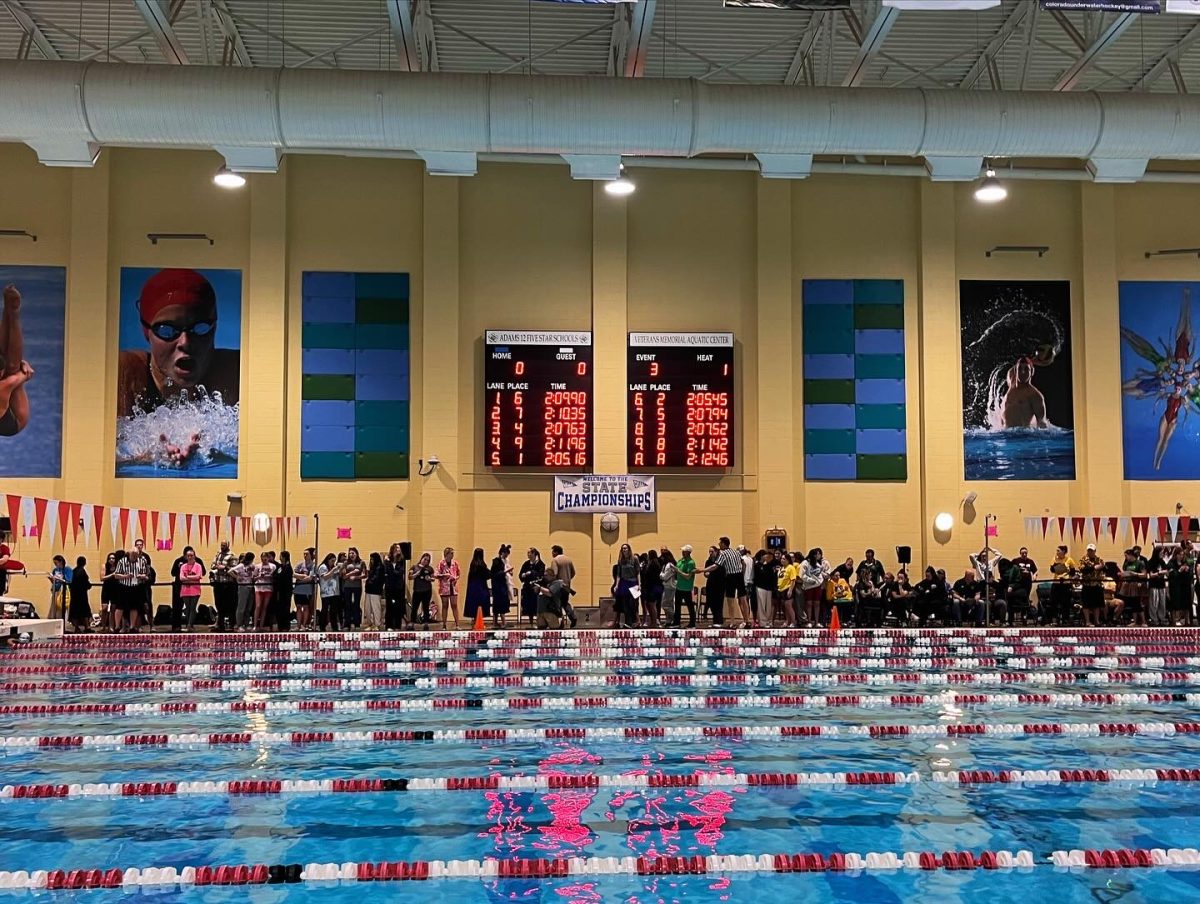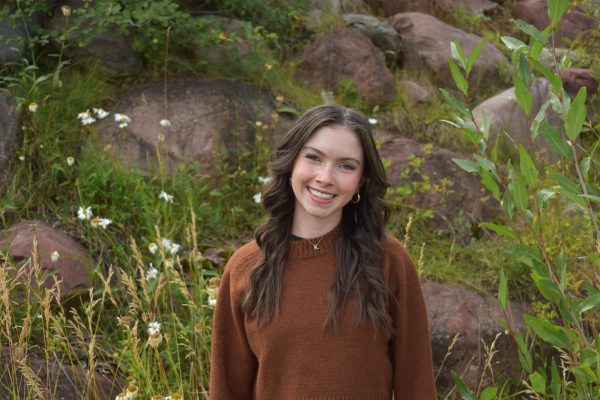In the United States, the recruiting process is when college coaches add student-athletes to their roster before the start of collegiate sports seasons. Typically the process includes a coach extending an athletic scholarship offer to a player who is currently or about to be a junior in high school. Coaches gather a large group of recruits at the beginning of recruitment. They identify players who meet basic criteria for their respective sport like height, weight, position, graduation year, academic performance, and where they are located. To find such information, university coaches use recruiting media sites like rivals.com or 247Sports, as well as third-party recruiting services like NCSA.
How to better your chances of getting recruited? To increase chances of getting coaches and recruiters to notice you, attend camps and showcases held by schools you’re interested in, and make a good impression by talking to coaches or other present significant leaders within the sport organizations. Creating a NCSA Recruiting Profile is also important in order for college coaches to have easy access to specific information. Having your own measurables and recruiting videos online also helps those in charge of recruiting to consider you as a candidate. Getting your name in sight and mind of college coaches as much as possible is another thing that you should be thinking about. This can be done through social media and emails. Be sure to include key pieces of information college coaches need to know to conduct their initial evaluation of you as a recruit. A highlight reel or portfolio helps coaches see what you can do and help them make a decision. It should include videos with clips of your abilities and skills in your specific sport.
Fletcher Vynne, helped the University of British Columbia reach their first NAIA World Series in 2006. Vynne was also the graduate assistant coach for the Seattle University basketball team. He is a four-time All-Academic Award winner at UBC and twice won the Jf Francis award of 2007 and 2008.
“You will know you are being recruited by the school if the coaches at the school contact you directly either via a phone call or in person. The recruiting process varies from athlete to athlete and school to school. However, when I was recruiting at a Division 1 school I would typically call each player I was recruiting once a week, which is the maximum limit allowed by the NCAA, and would have players come to campus and attend practices so that they could get a feel for the program,” Vynne said.
With recruiting there are many rules to be followed, both by yourself and coaches of collegiate-level teams. For most sports, coaches can begin reaching out to athletes starting June 15 after sophomore year or September 1 of their junior year of high school. The NCAA recruiting rules are specifically designed to limit communication with elite athletes from coaches to give student-athletes the time to make a decision about where and if they want to go to college.
When can you expect communication and official visits? A change ensued in 2019 as the NCAA approved new rules, changing the way that Division 1 college coaches contact and recruit athletes during personal campus visits. These changes were made to cut back on early recruiting and an effort to streamline communication. The new rules only apply to certain sports, not including softball, football, womens and mens lacrosse and baseball. The rules are different for men’s hockey, coaches can start contacting recruits starting January 1st of their sophomore year. But recruits also need to wait until their junior year to receive verbal scholarship offers as well as take official visits.
Vittoria Gortan, a senior on AHS varsity dance, has been a serious dancer since she got into high school and has always wanted to go to college for the sport.
“This process started my junior year when I decided I really wanted to dance in college,” Gortan said.
It is a little different to be recruited for dance since the teams are usually so specific to what they are looking for. It is also different because there are only so many people that can be recruited for the team each year. There are many different teams with their own set of requirements. Each year, every college or team will schedule a tryout. Usually held in spring. But some teams may hold pre-tryout prep classes or dance clinics to help you get ready for an upcoming audition.
Gortan started the process by attending recruitment camps and reaching out to coaches. Right now she is in the recruitment process for CU Boulder, Georgia Tech, Virginia Tech. Her first choice is UC Santa Barbara, however they do not recruit, they are audition only. Recruitment for college dance is really different from other sports. As an athlete you either have to send in a video, go to an audition, or attend camps to get noticed and offered a spot.
Mino Khan-Farooqi is also a senior student athlete on the track team. She has been running since middle school and has been wanting to go to college for track and field since high school.
“The D3 recruiting process is a lot different compared to D1 and D2, especially in the schools I’m applying to, especially because the schools are more academically driven,” Khan-Farooqi said.
The recruiting process sometimes involves more early reads, submitting, your transcripts, test scores and usually a short supplemental. You would submit more of a shortened application that admissions read and rank you on tears like an A,B,C,D tear or positive, negative. The school then decides if you have chances of getting into the school and if your chances are high they will continue the recruiting process.

